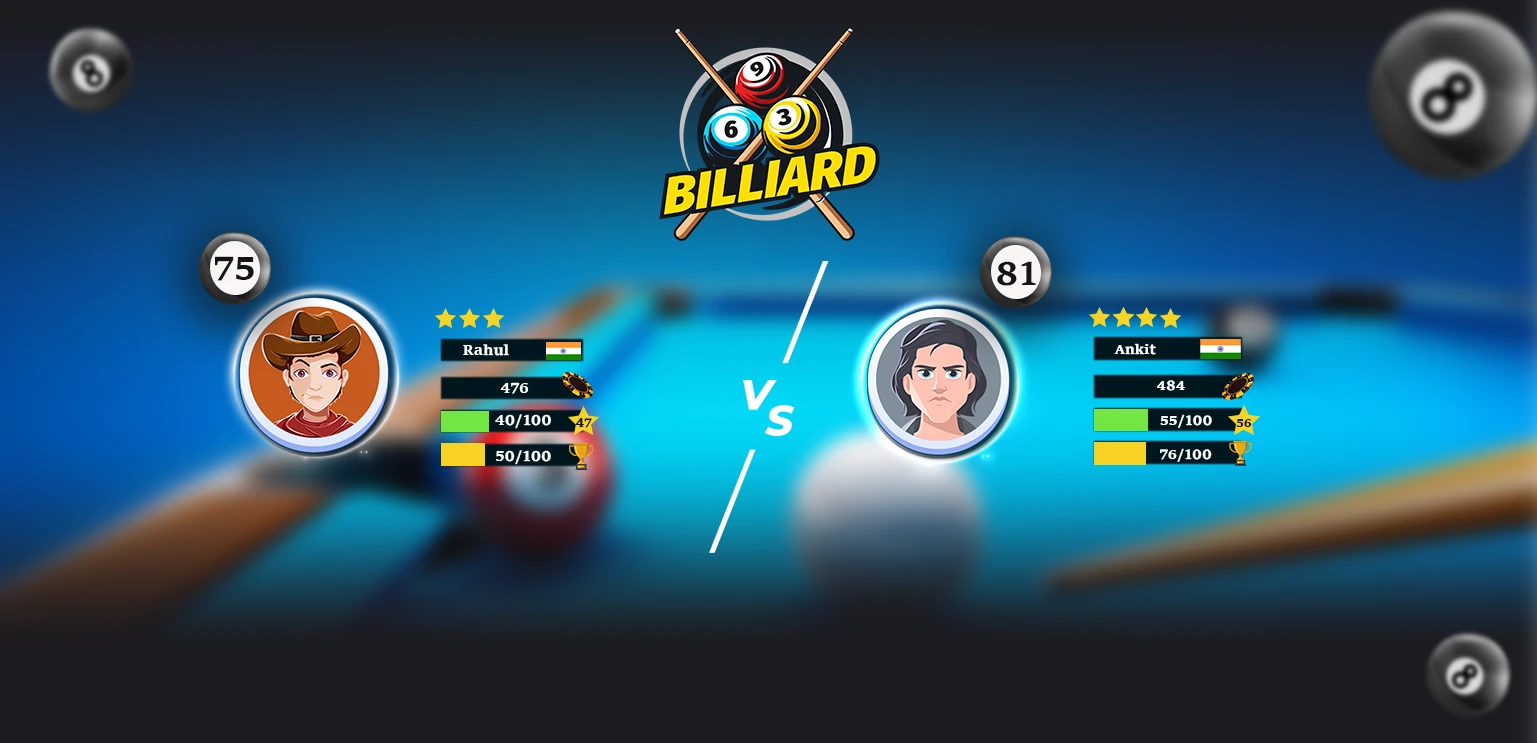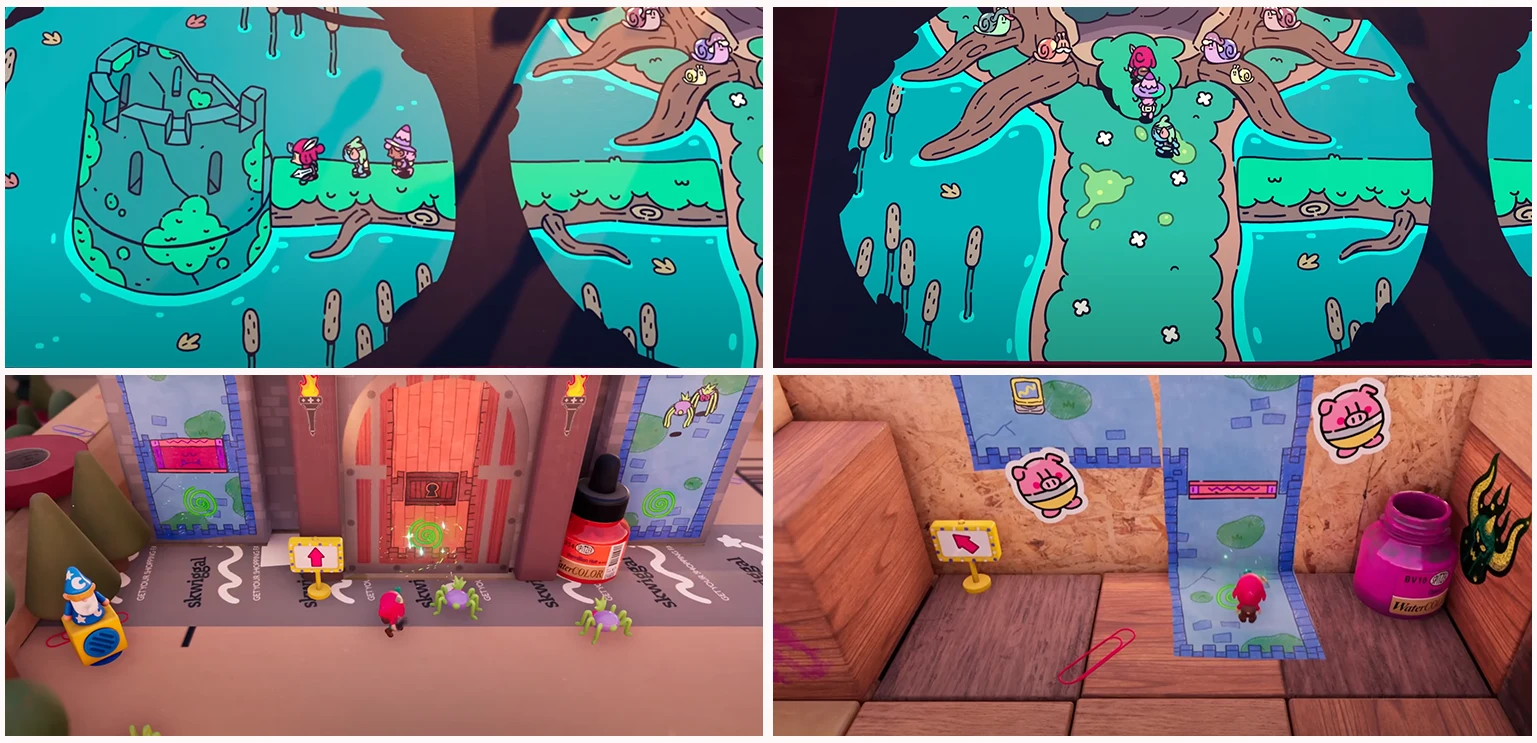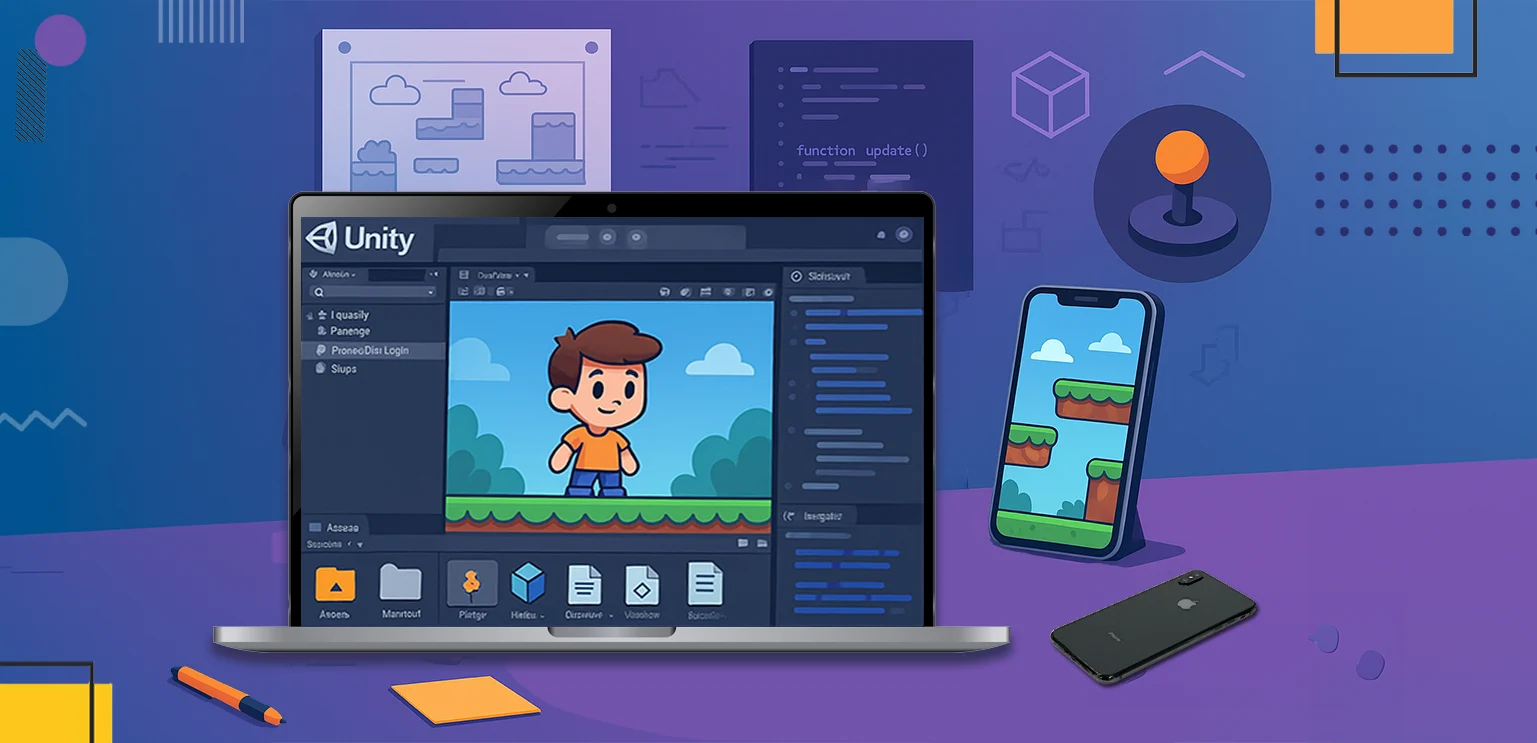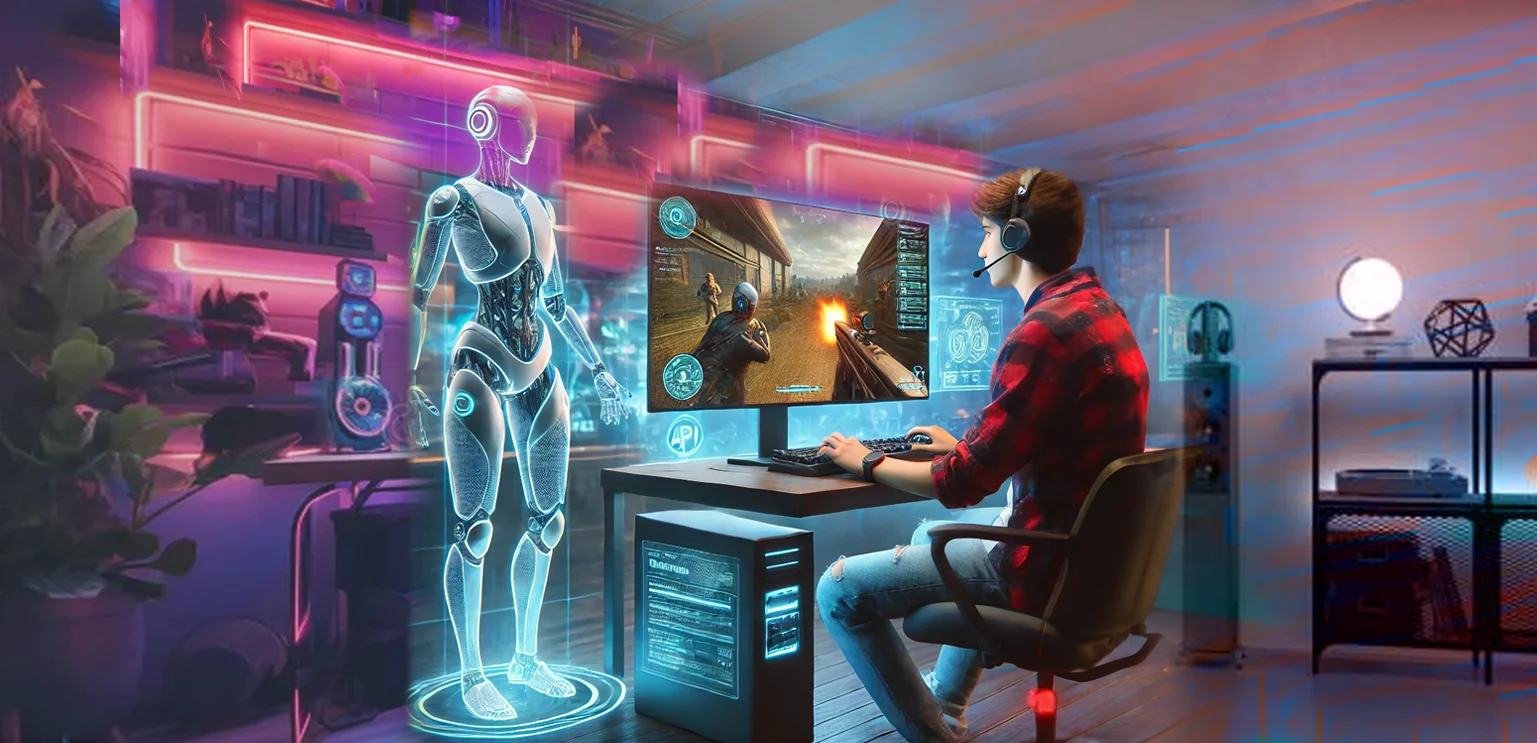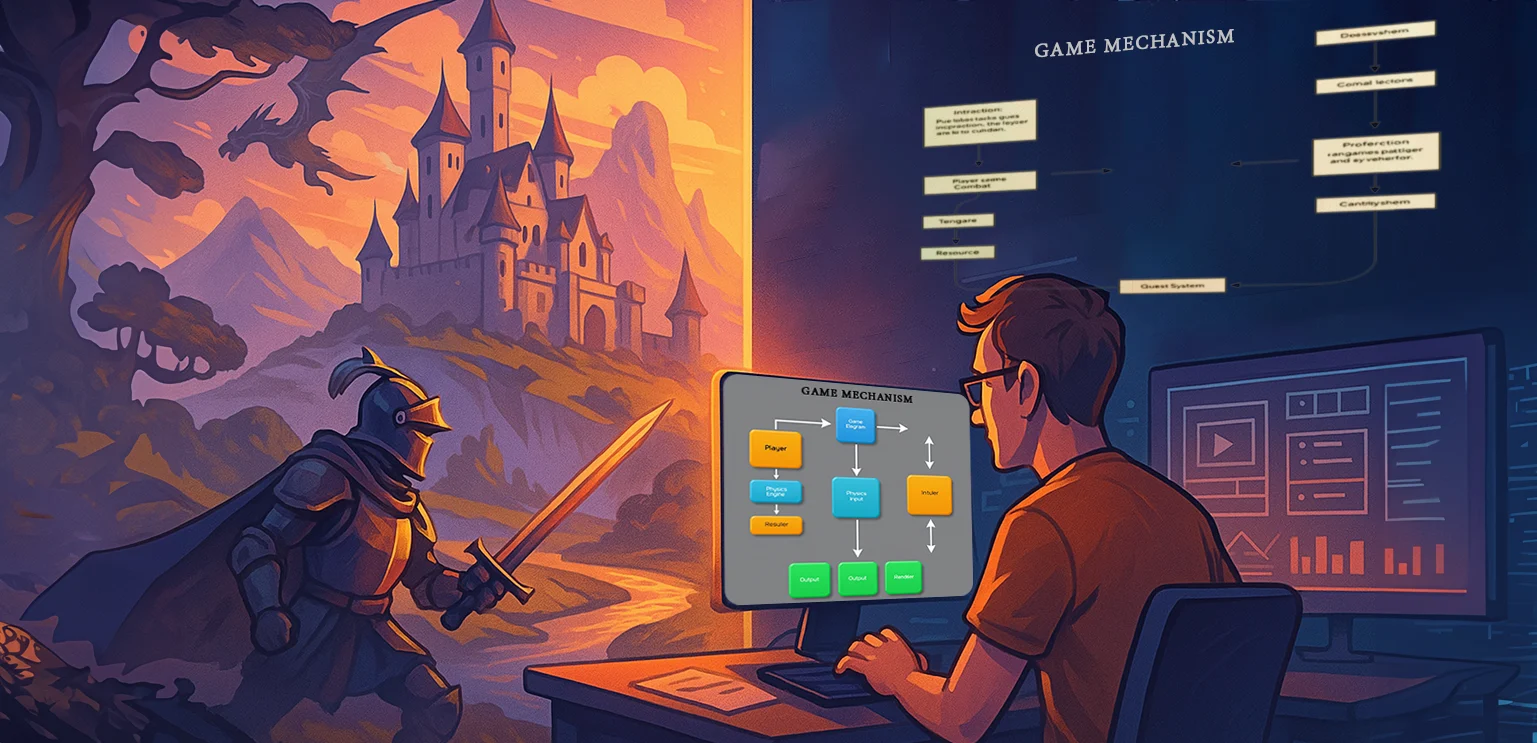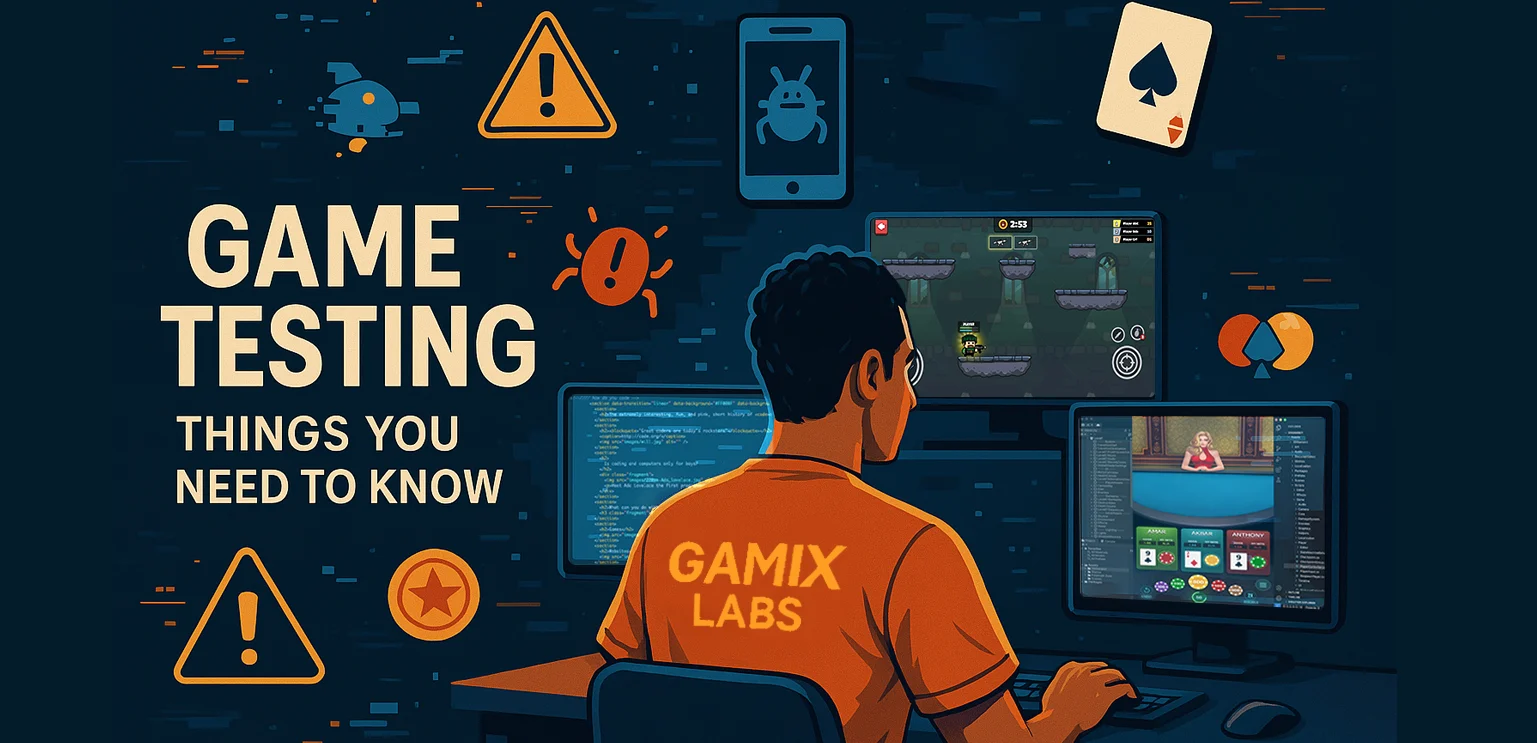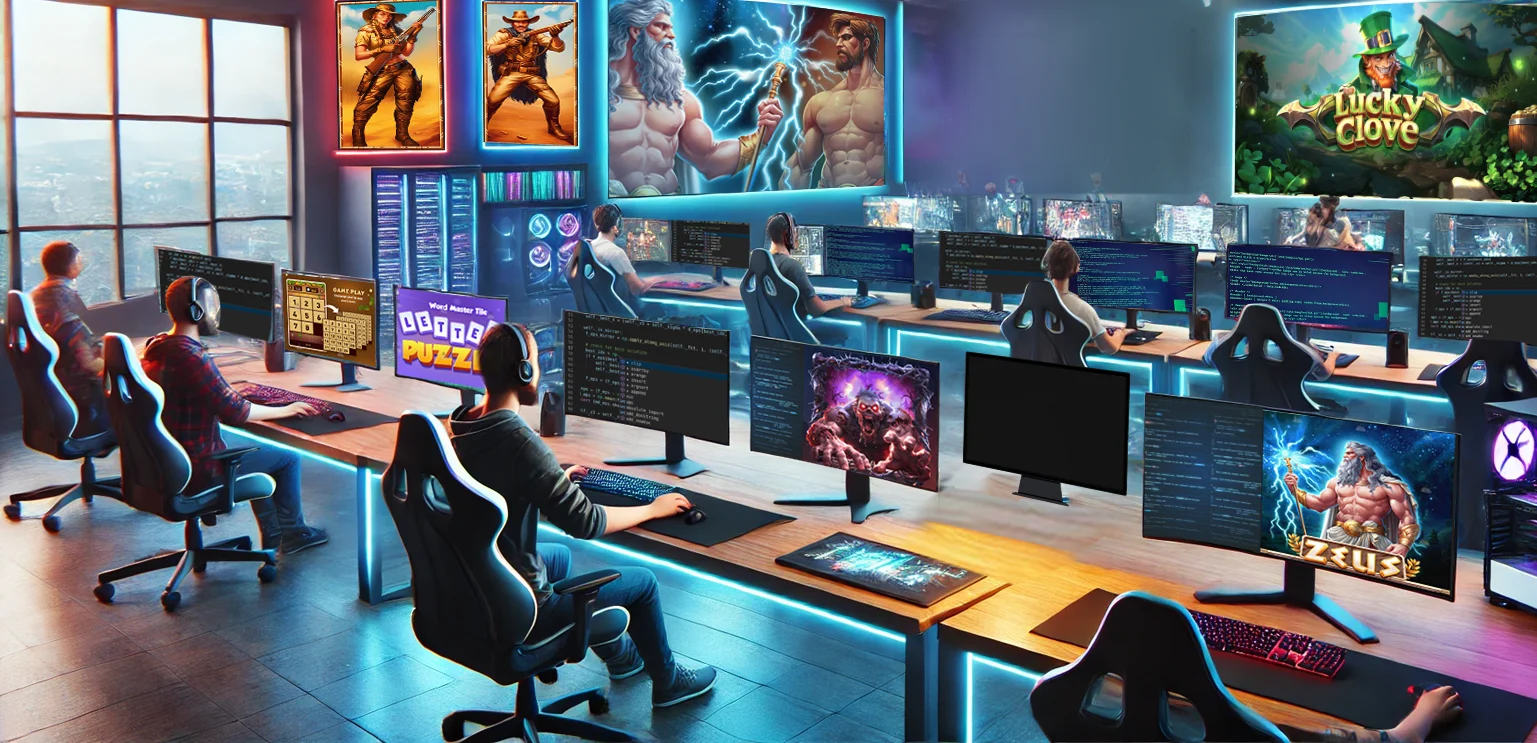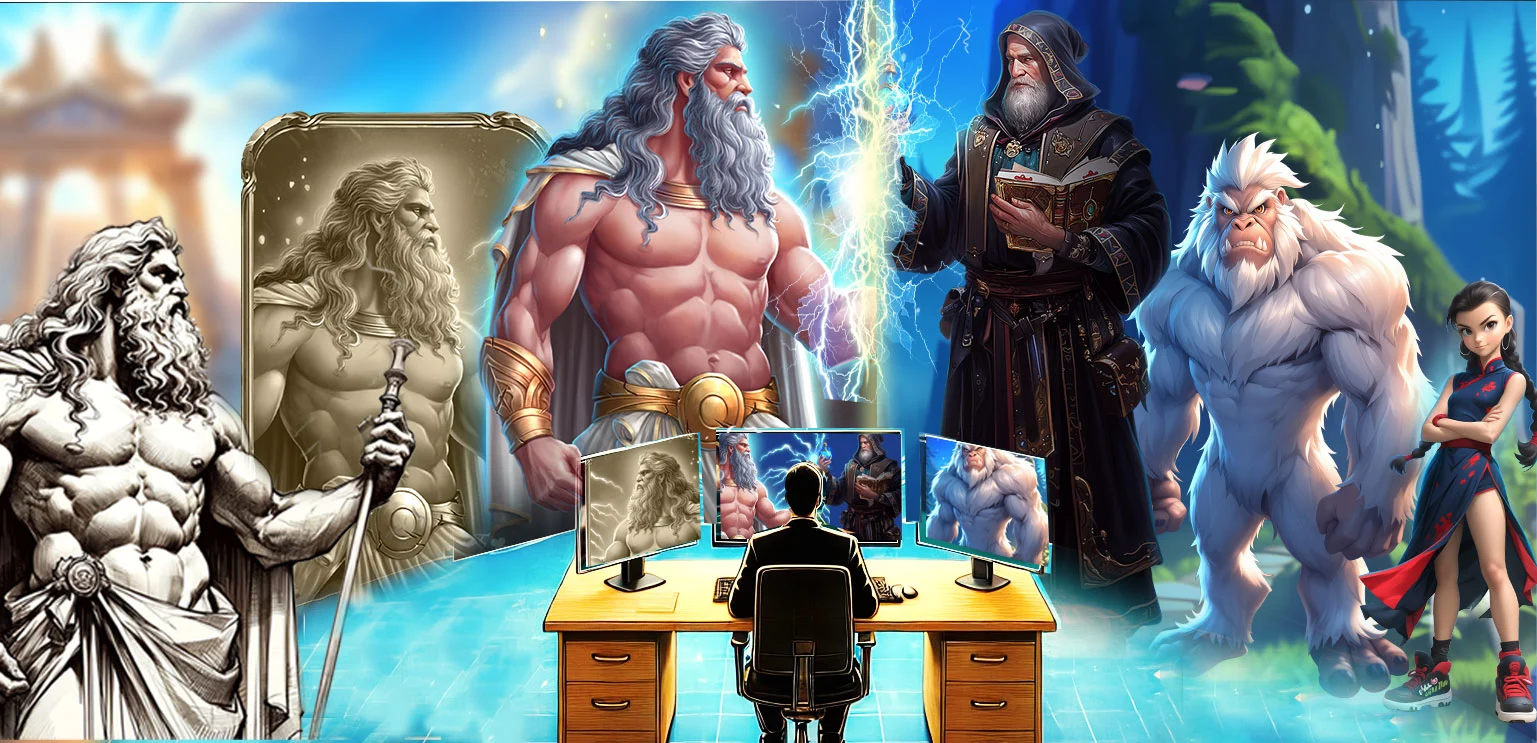Future of MMOs: Can New Games Compete with WoW?
Massively Multiplayer Online (MMO) games have been a major part of gaming culture for decades, with World of Warcraft (WoW) standing as the undisputed king since its launch in 2004. Despite the rise of new MMOs, WoW continues to dominate the scene. But can new games truly compete with this giant? Let's explore the future of MMOs and what it takes to challenge WoW's reign.
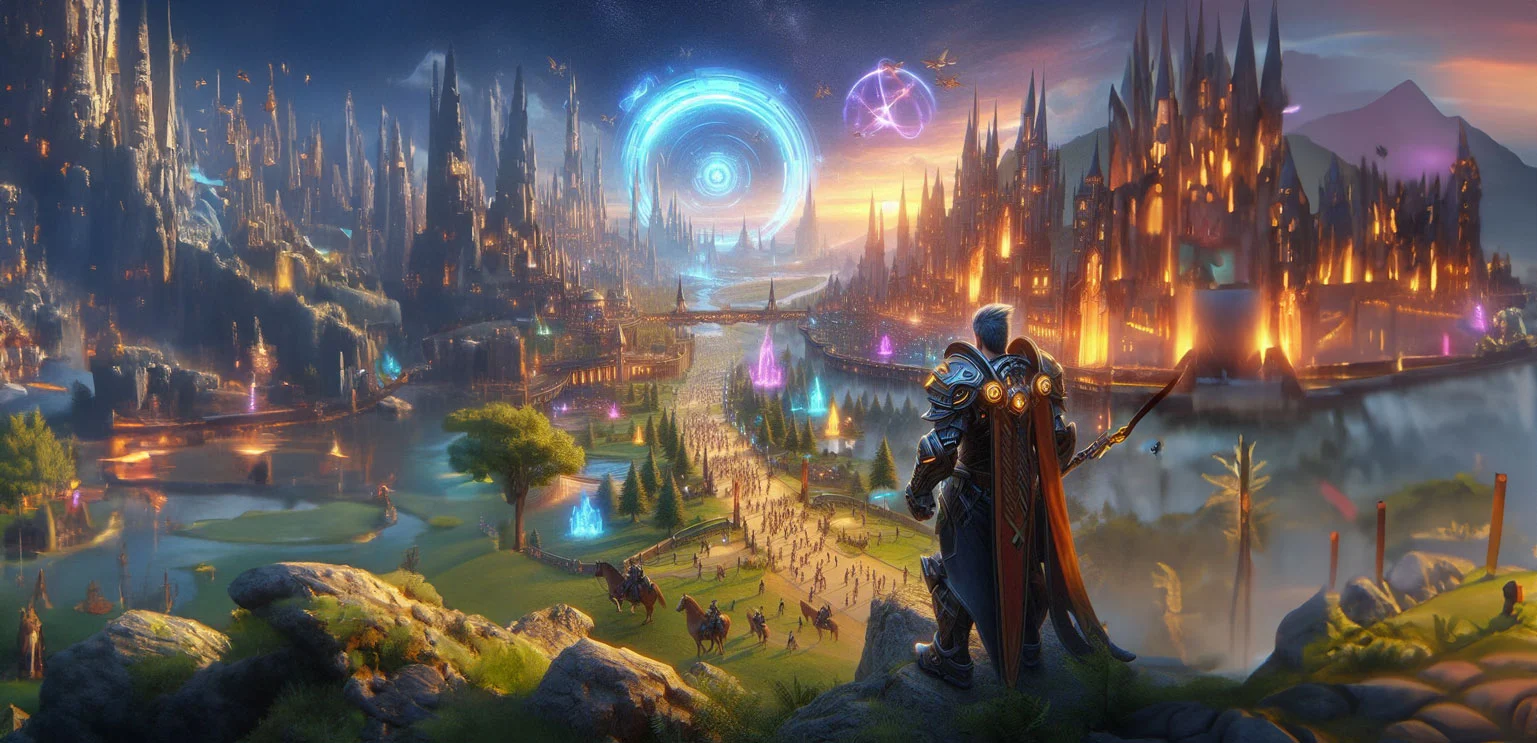
The Legacy of WoW
Blizzard Entertainment's World of Warcraft has set the gold standard for MMOs. With rich storytelling, immersive worlds, and constant updates, it has kept players engaged for over 20 years. WoW’s strong community, expansive lore, and high-quality content make it difficult for new games to reach its level of success.
Challenges for New MMOs
New MMO developers face several hurdles when competing with WoW:
-
🎮 Player Base Loyalty
WoW has millions of loyal players who have spent years building their characters, making it hard for them to leave for a new game. -
🌍 Content Expectations
MMO players expect large, detailed worlds, engaging stories, and frequent updates. Developing such content requires significant time and investment. -
💰 Monetization Models
Many MMOs struggle to find the right balance between subscription-based, free-to-play, and microtransaction models. WoW’s subscription model has proven successful, but not all new MMOs can replicate that. -
⚙️ Technical Limitations
Seamless online worlds with thousands of players require strong servers and optimized gameplay, which can be a challenge for smaller studios.
The Future of MMOs
Despite these challenges, the MMO genre is evolving. Some trends that may shape the future include:
-
🤖 AI-Powered Game Worlds
AI can help generate vast, dynamic game environments and NPC interactions, making MMO worlds more immersive and responsive. -
🔄 Cross-Platform Play
Allowing players to access MMOs on multiple devices (PC, console, mobile) can help expand player bases and increase engagement. -
🛠️ Player-Driven Content
Games that allow user-generated content, like custom quests or in-game economies, could keep players invested for longer. -
🎮 Next-Gen Graphics and VR Integration
Advanced graphics and virtual reality could create deeper, more interactive experiences, attracting new audiences to MMOs.
Can a New MMO Surpass WoW?
While new MMOs may not completely replace WoW, they can carve out their own space by focusing on innovation, accessibility, and community-driven features.
Games like Final Fantasy XIV and Elder Scrolls Online have shown that new MMOs can thrive alongside WoW by offering unique experiences.
For developers, the key is not just to copy WoW but to introduce fresh ideas that attract modern gamers. At Gamix Labs, we understand the importance of high-quality game art, character design, and engaging content in making an MMO stand out. Our expertise in slot game development and art outsourcing helps create visually stunning and immersive game worlds.
Final Thoughts
WoW’s dominance in the MMO world is undeniable, but the future of the genre is bright. New MMOs must focus on innovation, storytelling, and strong communities to succeed. With the right approach, we may see the next big MMO challenge WoW’s throne in the coming years.
🚀 Let’s Build the Next Great MMO Together!
Looking for expert game development and art outsourcing services?
Gamix Labs can help bring your MMO vision to life with top-tier game art and development solutions. Contact us today!
Can a new MMO really compete with World of Warcraft (WoW)?
Not overnight. WoW has deep player loyalty and years of content. New MMOs can compete by offering fresh ideas, excellent tech, and a strong community — but it usually takes smart design and steady updates to win players over.
What are the biggest challenges new MMOs face today?
The main hurdles are winning player trust, building vast content, handling server and performance needs, choosing the right monetization, and funding long development and live-service support. All of these add time and cost before you see steady growth.
How can a new MMO attract players away from established titles?
Offer something WoW doesn’t — a unique gameplay hook, better social tools, easier onboarding, cross-platform access, or player-driven content. Strong early community-building, smooth performance, and regular content drops help keep players interested.
Will AI and new tools make MMO development much easier?
They help a lot — AI can speed up level generation, NPC behavior, and asset creation — but humans still shape story, balance, and player emotion. Think of AI as a force multiplier, not a full replacement.
What monetization model works best for new MMOs?
There’s no one right answer. Subscriptions suit deep, committed audiences; free-to-play with fair microtransactions can scale quickly; buy-to-play + expansions works for quality-first titles. Test what your audience prefers and avoid aggressive tactics that harm retention.
